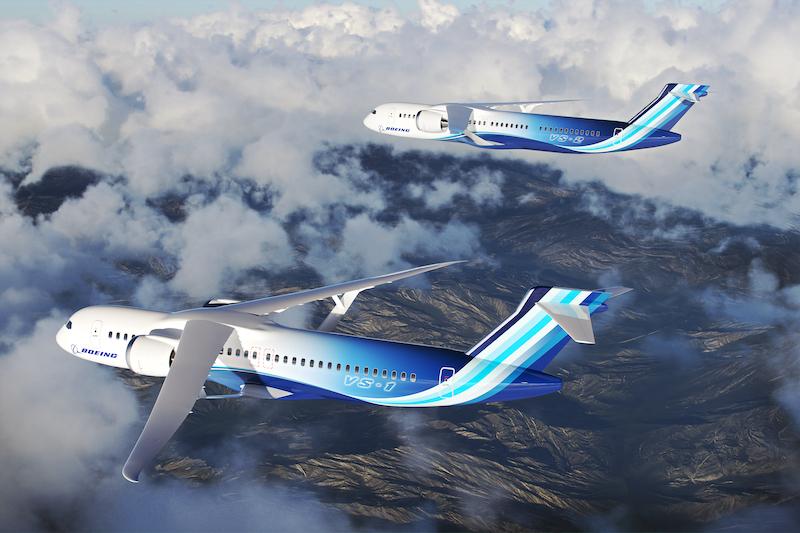
LE BOURGET—Pratt & Whitney’s selection to power the NASA X-66 transonic truss-braced wing (TTBW) sustainable flight demonstrator may be the opening the company needs to break back into the future Boeing single-aisle market, says Christopher Calio, Raytheon Technologies' president and chief operating officer.
The engine-maker’s PW1100G geared turbofan will power the high-wing X-66 later this decade and is the first engine from the Pratt & Whitney stable selected for any Boeing-built narrowbody since the final 757s were delivered in the early 2000s. The competing GE Aerospace and Safran joint venture CFM International has, by contrast, enjoyed exclusivity on the 737 since the development of the 737-300 some 40 years ago.
“We’ve always said we would love at some point to take our technology and offer it to both of the narrowbody OEMs—that's the position our competitor has today,” Calio says, referring to CFM’s availability as an alternative to the PW1100G on the Airbus A320neo family. “That affords [CFM] a lot of privileges as a result. So we would love to find a way to get back in. Our view is [the TTBW is] a great way to get back in working with Boeing in the commercial engine space in the commercial narrowbody market,” he adds.
However, Calio is also realistic that much needs to be done before Pratt can be fully competitive. “First of all the focus right now is on getting through our issues on the GTF for Airbus and our customers. So make no mistake, we are not taking our eye off that ball, but longer term—in 12 to 15 years—you’ve got to invest. You can't just wake up in 2030 and go ‘hey, we'd love to get back on the Boeing aircraft.’ You have got to be investing along the way in some of these enabling technologies.”
Pratt is currently developing the enhanced PW1100G Advantage version, but has several technology programs under way to reduce fuel burn on the basic architecture by a further 10% or more over the coming decade.
“Dave [Calhoun, Boeing CEO] says any new product will have to be 20-30% more efficient. A lot of that comes from the engines and I think what we've learned as part of the GTF when we rolled it out is just as much as you've got to go drive the efficiency gains, the things you do to get those efficiency gains is you've got to make sure that industrially you can support it. To me, that's just as important. Not only does that does the technology have to be there for those gains, but the manufacturing and support has to be in lockstep,” Calio says.





